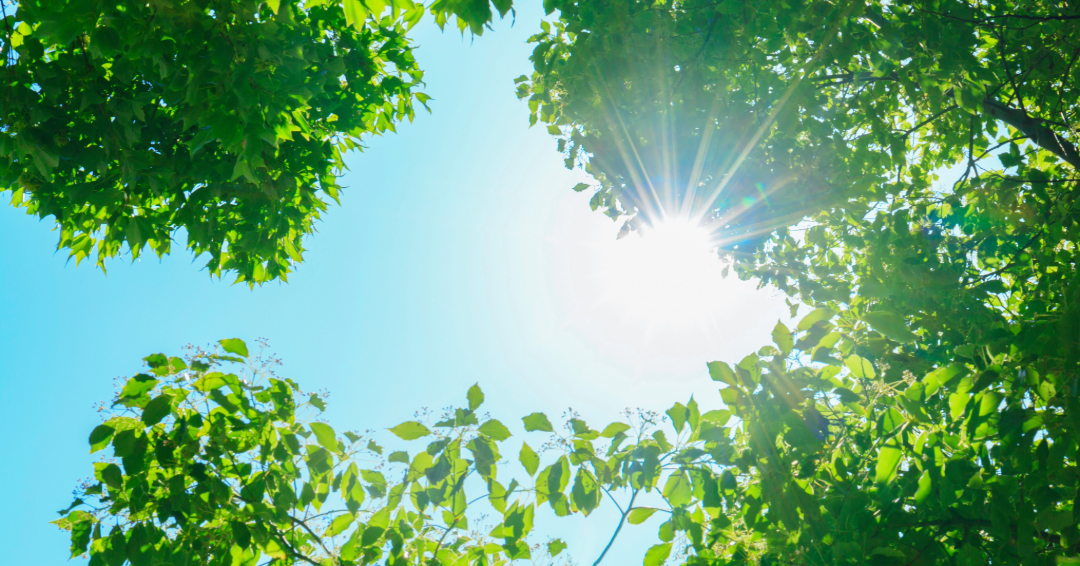
Helping Plants Thrive in Florida Summers
Share
With its blazing sun, high humidity, and unpredictable rainfall, Florida summers can be a challenging season for homeowners wanting to maintain a lush and vibrant landscape. But don't worry—even in these conditions, your landscape can thrive if you know how to work with Florida’s unique climate!
This guide will show you how to keep your plants thriving through practical tips, smart plant selections, and effective gardening strategies tailored for the Sunshine State.
Understanding Florida's Climate
The key to gardening success in Florida is understanding its subtropical climate. Here's what makes it unique and challenging for plants during the summer months:
- Intense Heat: Daytime temperatures during summer often range between 85°F and 95°F, which can stress plants not adapted to such conditions.
- High Humidity: Florida’s humidity can slow evaporation, creating the perfect conditions for diseases like powdery mildew and rot.
- Unpredictable Rainfall: While Florida summers bring inevitable afternoon showers, they are often followed by stretches of intense drying heat, which stresses plants that don’t have consistent watering.
Recognizing these challenges will help homeowners make smarter landscaping decisions and choose care practices that work with Mother Nature, not against her.
Selecting Heat-Tolerant Native Plants
When it comes to keeping your landscape alive and thriving, mix in some Florida Natives! Choosing plants that are either native or adapted to thrive in Florida’s summer conditions will save you time.
Top Heat-Resistant Native Plants
Silver Buttonwood (Conocarpus Erectus Sericeus)
This hardy shrub is perfect for adding texture to your outdoor space. It thrives in full sun and tolerates sandy soil.
Muhly Grass (Muhlenbergia capillaris)
Known for its striking pink plumes in fall, this native ornamental grass is as tough as it is beautiful. It thrives in both heat and drought once established.
Firebush (Hamelia patens)
For a pop of color, firebush is ideal. Its orange-red flowers attract pollinators like hummingbirds and butterflies.
Heat-tolerant non-native plants, like hibiscus and snake plants, are also great options to add vibrant color and diversity when paired with Florida natives.
Watering Strategies
Regular watering is critical during Florida's sweltering summers. But overwatering can be just as harmful as underwatering. Here's how to strike the right balance.
- Water Early in the Morning
Water your plants in the early hours (before 9 a.m.) to minimize evaporation and give them time to absorb moisture before the heat intensifies.
- Deep and Consistent Watering
Water deeply so the moisture reaches the roots. A few thorough waterings per week are better than shallow, frequent watering.
- Watch for Drought Stress
Wilting leaves and dry, cracked soil are indicators of underwatering. Adjust your schedule if you see these signs.
Improving Soil and Using Mulch
Florida's sandy soil often struggles to retain moisture and nutrients. To give your plants the best chance of thriving, follow these steps:
- Amend Your Soil
Mix organic matter like compost or peat moss into your soil to improve water retention and increase fertility.
- Add Mulch
Spread 2-3 inches of mulch like pine bark or wood chips around your plants. Mulch retains soil moisture, reduces weed competition, and moderates soil temperature.
- Create Proper Drainage
Ensure your soil drains well, especially for plants sensitive to 'wet feet.' Raised beds are a great solution for areas prone to pooling during heavy rains.
Fertilizing Tips to Avoid Burn
Fertilizing during Florida's summer months requires special care since intense heat can sometimes exacerbate fertilizer burn.
- Use Slow-Release Fertilizers
These minimize the risk of burning your plants while nourishing them gradually over time.
- Apply in Cooler Hours
Fertilize early in the morning or during the evening when temperatures are lower.
- Stick to the Growing Season
Avoid over-fertilizing dormant plants, and aim for a balanced formula designed for your plant types.
Pest and Disease Control
Florida's warm, humid summers are prime conditions for a host of pests and diseases. Here's how to keep your plants safe.
- Keep an Eye Out for Common Pests
Watch for aphids, spider mites, and whiteflies. Use neem oil or insecticidal soaps to control infestations naturally.
- Prevent Plant Disease
Ensure good airflow between your plants, avoid overhead watering, and remove diseased leaves promptly to prevent the spread of fungal issues like mildew or black spot.
- Encourage Beneficial Benefactors
Attract ladybugs and predatory insects to your garden for natural pest control.
Providing Shade
Just like humans, many plants appreciate a break from the relentless sun. Use these strategies to provide relief for heat-sensitive plants.
- Use Natural Shade
Plant taller species like native trees or shrubs to naturally create shaded areas in your landscape.
- Strategic Plant Placement
Position sun-loving plants in areas of full sun and shade-loving plants in lower light conditions.
Enjoy a Thriving Florida Landscape
Managing a landscape in Florida's summer heat doesn't have to be daunting. By understanding your climate, choosing the right plants, and adopting effective care strategies, your landscape can not only survive but also thrive year-round.
If you're ready to transform your outdoor landscape with high-quality plants delivered directly to your door, we've got you covered. Browse our online catalog to explore plants, mulch, and more designed specifically for Florida conditions!
